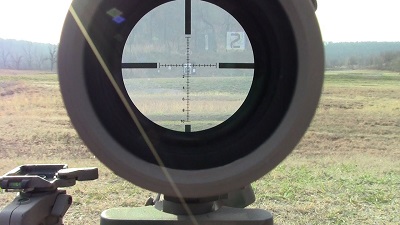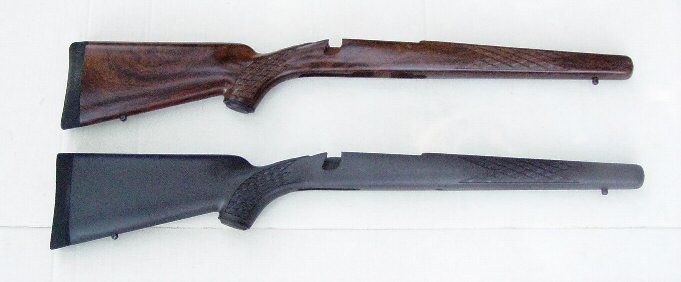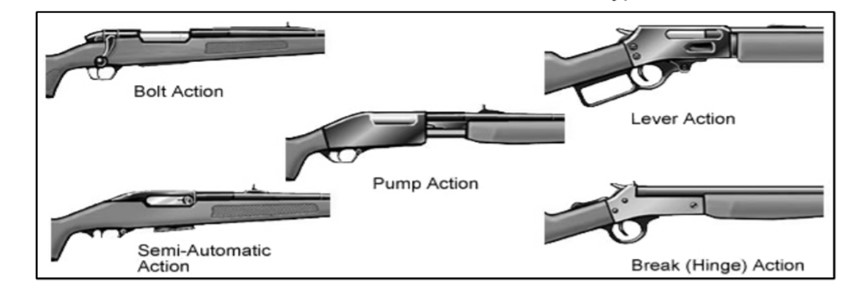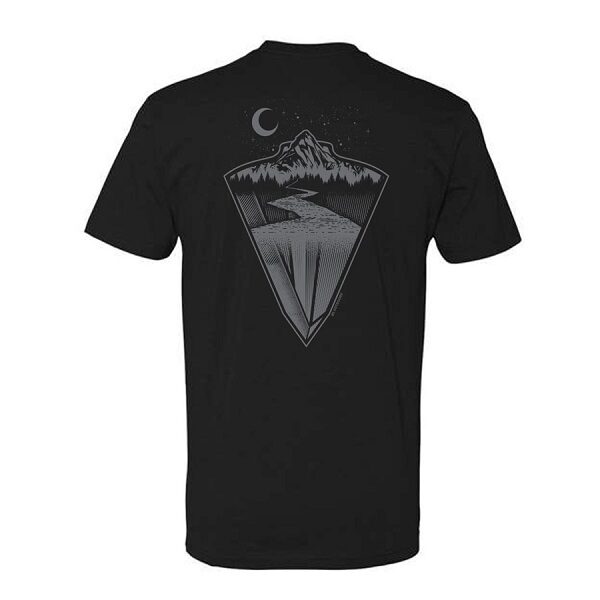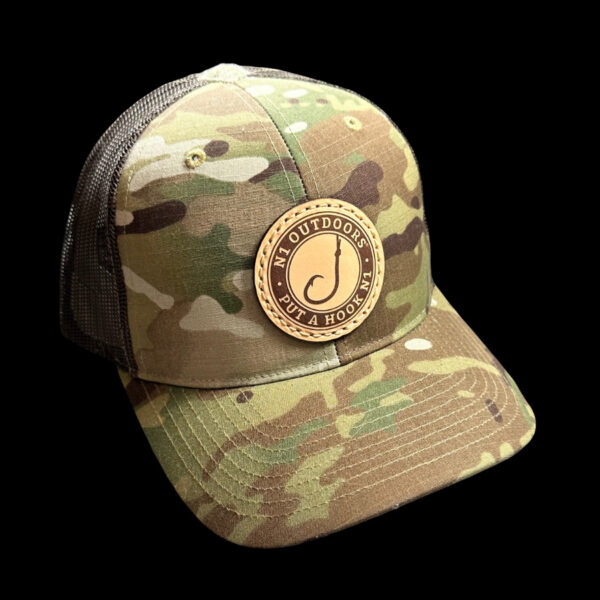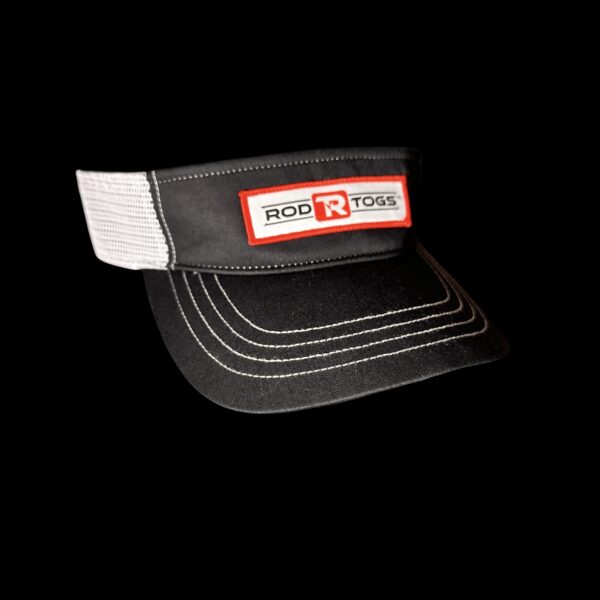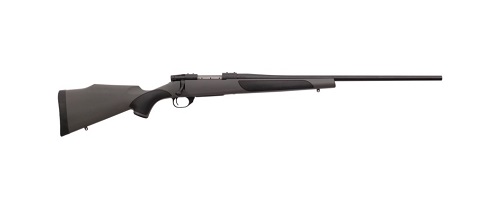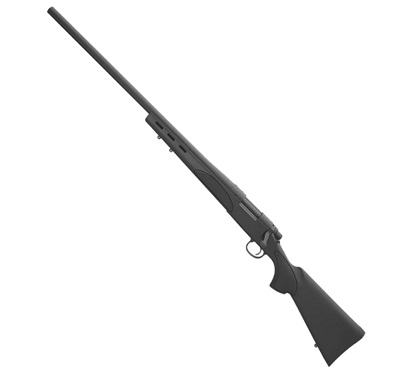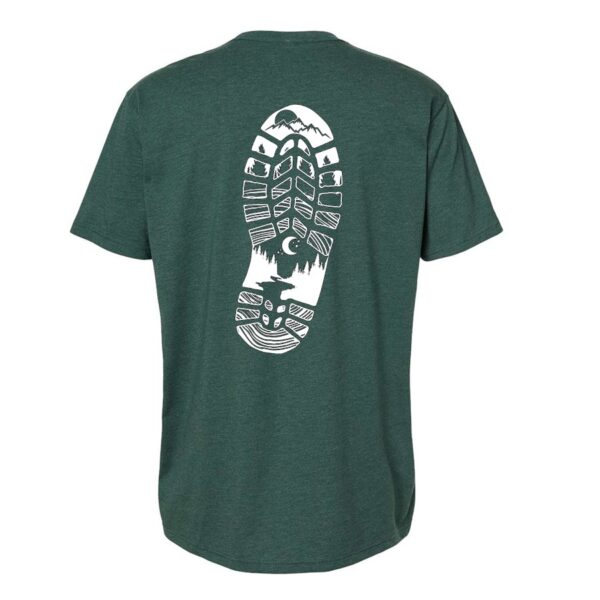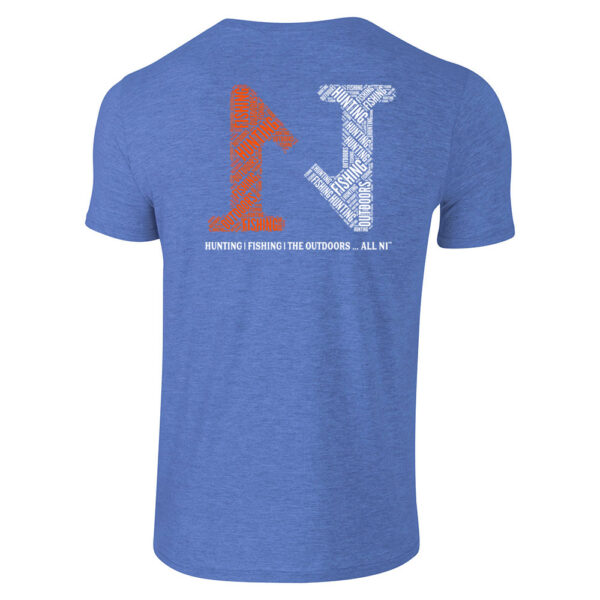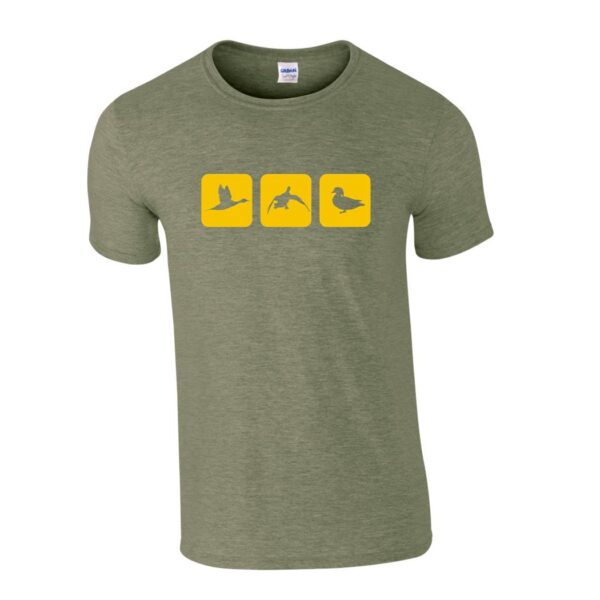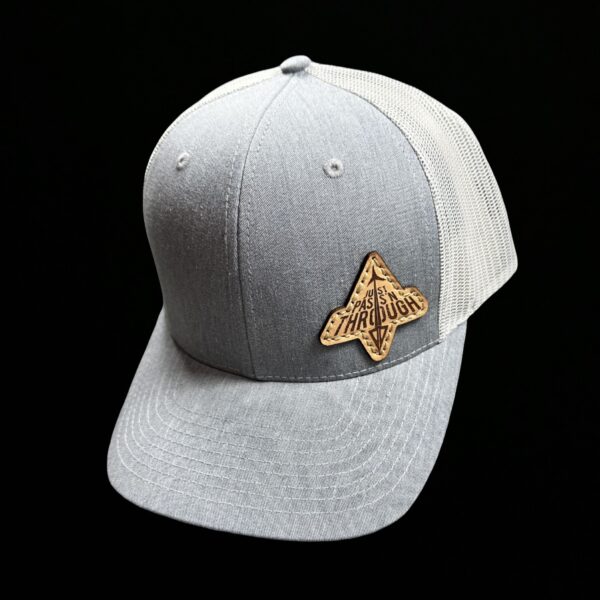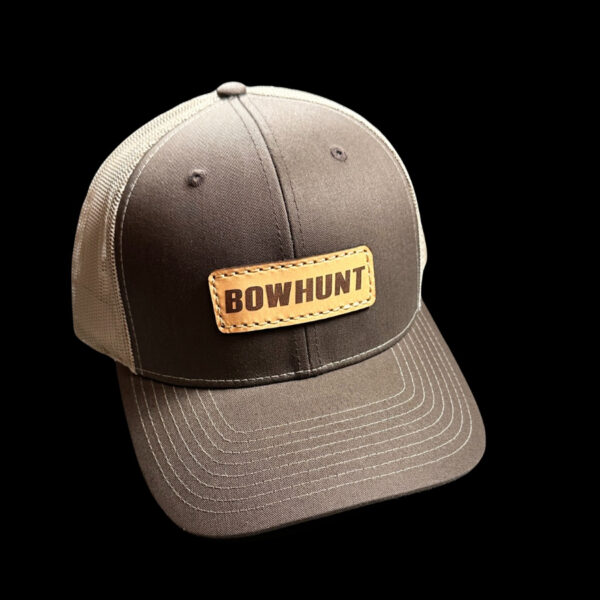Technology has changed almost everything about how we do things and carry on our daily lives. It makes tasks at home as well as tasks at the workplace more efficient.
And, as primal as it can be, hunting is no exception.
If you are a hunter, you understand how it is crucial to prepare yourself for your hunting trip. After all, making sure you have the equipment and supplies you need is part of a successful hunting trip.

There are several “hi-tech” hunting items that can make your next hunting trip safer, more enjoyable and more efficient.
Before technology became so advanced, hunters needed only to gather their bows, arrows, guns, knives, etc to take on their hunting trips.
However, as technology continues to progress, there are many reliable hi-tech hunting supplies that a dedicated hunter can use to make the process easier. So, let’s jump straight to the list of items to consider in the world of modern day hunting!
Mountain Bikes (hunt quietly)

Electric hunting bikes have taken the advantages that mountain bikes can provide hunters to a whole new level.
Sometimes hunters must go to great lengths (literally) to have the best shot at harvesting the game they are after. So, when a long journey deep into the hunting woods or public land, where gas powered vehicles are either not allowed or are too noisy, mountain bikes can be the answer.
Technology has made even the mountain bike take strides (or pedal strokes) forward.
Now, while you can’t fit it in your backpack, hunters can utilize an electric hunting bike, which, due to its electric motor is easier and faster to use than traditional mountain bikes, to more quietly go to places where vehicles are not allowed.
Electric mountain bikes are environmentally friendly hi-tech hunting gear and can add an extra dimension to the hunting experience.
So, if you are looking for a more efficient way to get you and your hunting gear to your final destination, an electric hunting bike could be worth considering.
There are different types of hunting bikes to choose from for various budgets and needs.
-
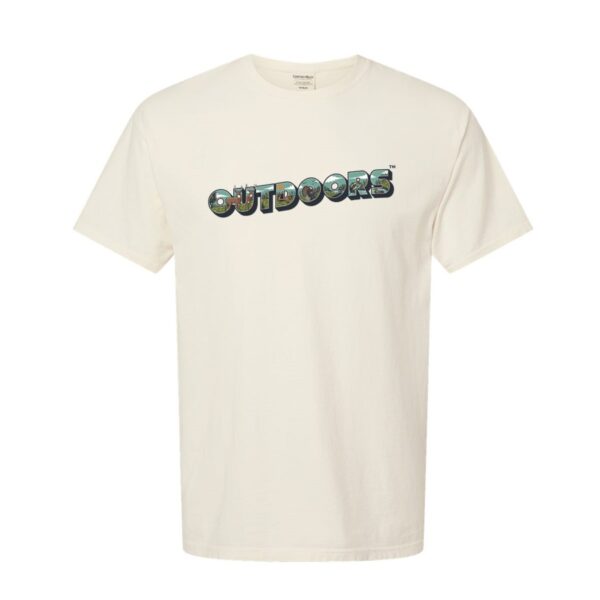
The N1 Outdoors® “OUTDOORS™” Tee
Price range: $28.99 through $32.99 Select options This product has multiple variants. The options may be chosen on the product page -
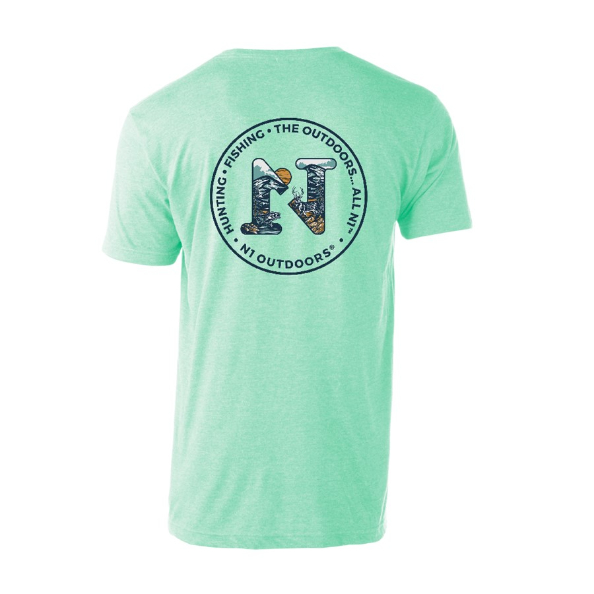
The “Outdoors All N1™” Hand Illustration Tee
Price range: $24.99 through $28.99 Select options This product has multiple variants. The options may be chosen on the product page -
Sale!
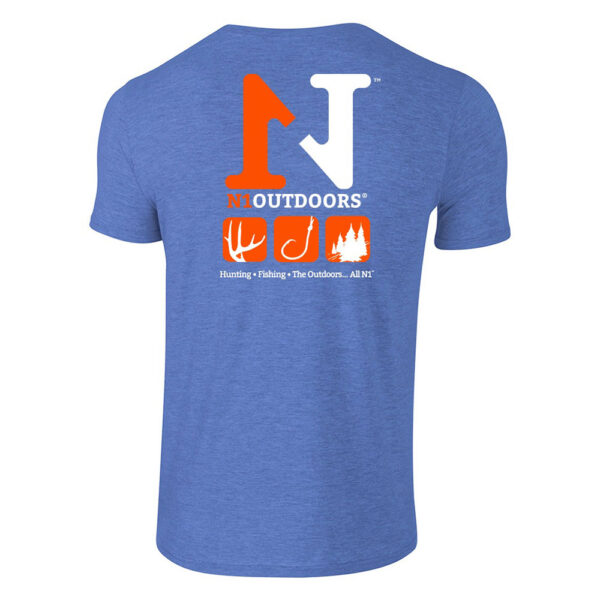
N1 Outdoors® Hunting · Fishing · Outdoors Flagship Tee
$15.00 Select options This product has multiple variants. The options may be chosen on the product page
Light | Use your head (lamp)
While predator hunting can be done at night using various thermal and night vision products, the hours before and after a daylight hunt can require the use of a flashlight.
And, while flashlights are helpful for getting to and from your deer stand or hunting blind, they can be difficult to manage when carrying a gun, bow or other hunting gear.
This is where headlamps are a great addition.

When it’s dark, using a headlamp during your entry and exit to your hunting location can prevent unwanted noises, and keep you on your feet.
A headlamp that you can attach to your head or hunting hat can help prevent injuries that result from falling while walking in the dark through the woods or over rough terrain.
Some hunters will choose not to use artificial light because they are concerned that it will alert game animals to their presence. However, headlamps can also help add to your stealthy advances by lighting the way to prevent unwanted noises caused by falling or from hunting equipment getting tangled or hindered by vines and branches.
Plus, headlamps will free up your hands so that you can carry your weapon and other hunting gear more effectively.
And, when you are able to successfully harvest a deer or other game animal, headlamps can make the recovery and pack out of the animal faster.
For these reasons, headlamps are a fairly simple, but highly useful piece of hunting technology that every hunter should consider.
Long Range Scope
The ability to hunt game animals from long range has been amplified by the use of long-range scopes.
However, before deciding to purchase a long-range scope, be sure you have done your homework to ensure that the scope you are considering is not only a good choice for your rifle, but that your rifle itself is capable of harvesting game at the distances you will be hunting.
Rifle type and caliber, as well as terrain, distance and type of game are all important considerations here

The use of a long-range rifle scope allows you to “get closer” to your prey without getting too close.
Solar Wrap (a sun tan may help those other gadgets)
Technology can certainly add new elements to hunting, but can also add inconveniences as well. One of the most significant of those inconveniences is that all that hi-tech hunting gear can run out of power.
So, whether it’s GPS devices, headlamps, smartphones, or other hi-tech gadgets, a hunter needs a way to keep re-charging items that will not hold power for long periods of time. After all, no one wants to cut their hunting trip short.
Solar wraps can be the solution.
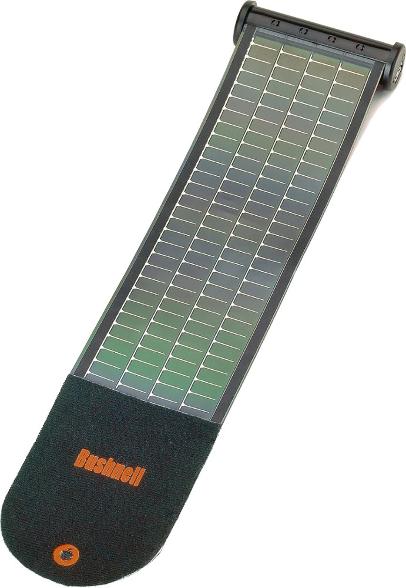
A solar wrap stores energy from the sun, which can be used to recharge portable electronic devices via a USB connection.
A solar wrap is a device that comes in handy when you have other technological devices that require constant recharging. It uses a portable solar panel to absorb the suns rays and can charge any device, as long as it’s chargeable using a USB connection.
You can keep a Solar Wrap in your hunting bag or backpack so your can give your phone and other hunting gadgets a boost when needed.
-
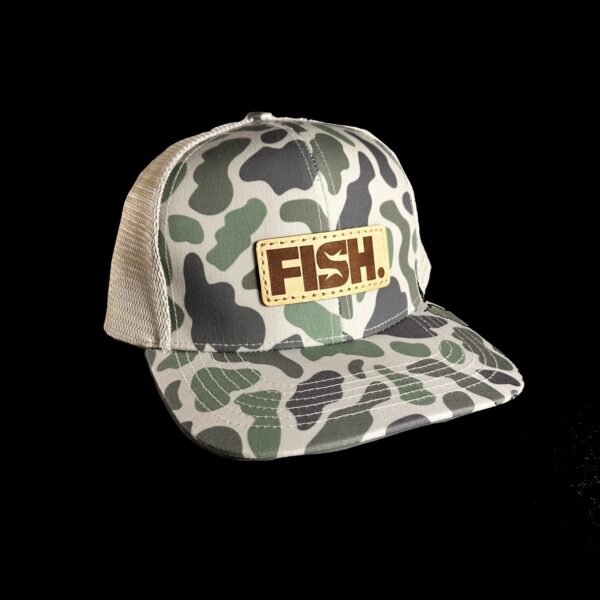
N1 Outdoors® FISH. Marsh Camo Leather Patch Trucker Hat
$29.99 Select options This product has multiple variants. The options may be chosen on the product page -
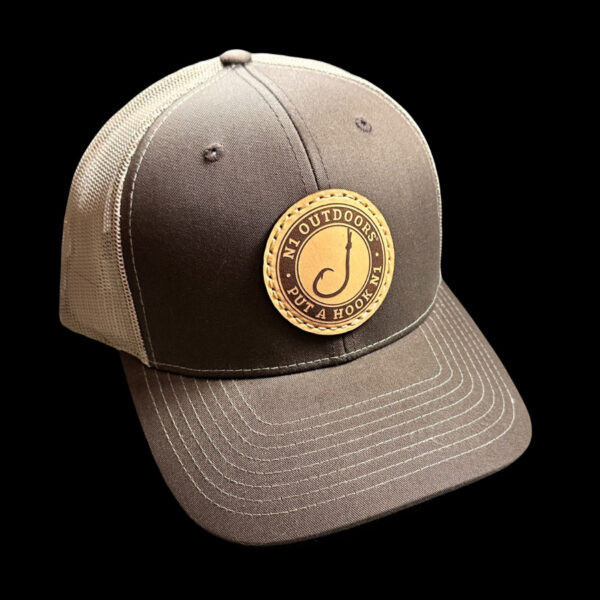
N1 Outdoors® Put A Hook N1™ Fish Hook Leather Patch Hat (Brown/Khaki)
$29.99 Select options This product has multiple variants. The options may be chosen on the product page -
Sale!
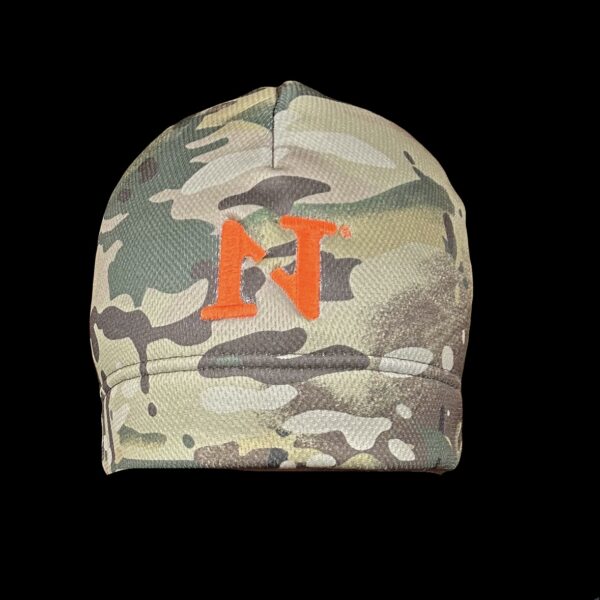
N1 Outdoors® Multicam Logo Beanie
Original price was: $17.99.$9.99Current price is: $9.99. Select options This product has multiple variants. The options may be chosen on the product page
Satellite Phone (When the cell phone is down and out)
Let’s face it, part of the fun of hunting is calling your friends and family when you have successfully harvested a deer or other game.
However, with all our technological advances, their are still many areas in the hunting woods or on public land where you can’t get a signal to use that invention called the smart phone.
So, if you’re going to be in one of these areas, especially on a long trip, a satellite phone is a great piece of hunting tech to have in your backpack.
A satellite phone is a great thing to have when hunting, so that you can call EMS, friends or family to help in the event of an emergency. A satellite phone will always get through, regardless of whether there is a cell phone network connection or not.
Also, if you are lost or seriously injured, emergency personnel can track you, using your satellite phone’s location.
Pocket Chain Saw (hunting “technology” that really cuts it)
If you are backpack hunting and will be setting up a camp site, the ability to cut firewood or shape trees and wood is a must.
While you might use a pocket knife or a machete, there is a tool many are not aware of that can make these tasks more efficient.

If you are hunting on an overnight trip, the ability to cut wood for a campfire is critical.
A pocket chain saw comes in handy for all your cutting and chopping needs. While it is not electronic per se, this hunting tech is like a handsaw, which uses human power.
Despite its simplicity, a pocket chainsaw can help significantly when you need to cut down limbs or trees to use for firewood.
Many brick and mortar retailers, as well as online shops, sell pocket chainsaws. Some come with spare parts, while others will require you to buy the parts separately. The pocket chainsaw is an invaluable piece of hunting “tech,” whether you are building a shelter or simply building a fire.
Hiking/Fitness Watch
Let’s face it, watches have come a long way in recent years. What used to be a simple wrist watch for telling time has become a smart device in itself.
Some of these watches can even monitor your heart health in case you begin showing signs of atrial fibrillation, where the heart beats irregularly.

Watches from manufacturers like Fitbit have potential life-saving features like heart rate monitoring.
While no one wants to think about an enjoyable outdoor activity like hunting turning into an emergency situation, it’s nice to know there are tools out there to warn you of signs of trouble regarding your health.
Watches like the Fitbit Sense and Versa 3 provide some of these potentially life-saving features. To know their differences and functions, check out this comparison between the sense and versa 3.
Conclusion
While many think of the use of trail cameras as “hunting tech,” the above hi-tech hunting gear list may have opened you eyes to how much you may have been missing when it comes to hunting in the 21st century.
Always be sure to check reviews before purchasing any of these tech items for hunting.
Be safe and shoot straight!



![[Upgraded] BigBlue 3 USB Ports 28W Solar Charger(5V/4.8A Max), Portable SunPower Solar Panel for Camping, IPX4 Waterproof, Compatible with iPhone 11/XS/XS Max/XR/X/8/7, iPad, Samsung Galaxy LG etc.](https://m.media-amazon.com/images/I/41gVrkEOUHL._SL500_.jpg)


